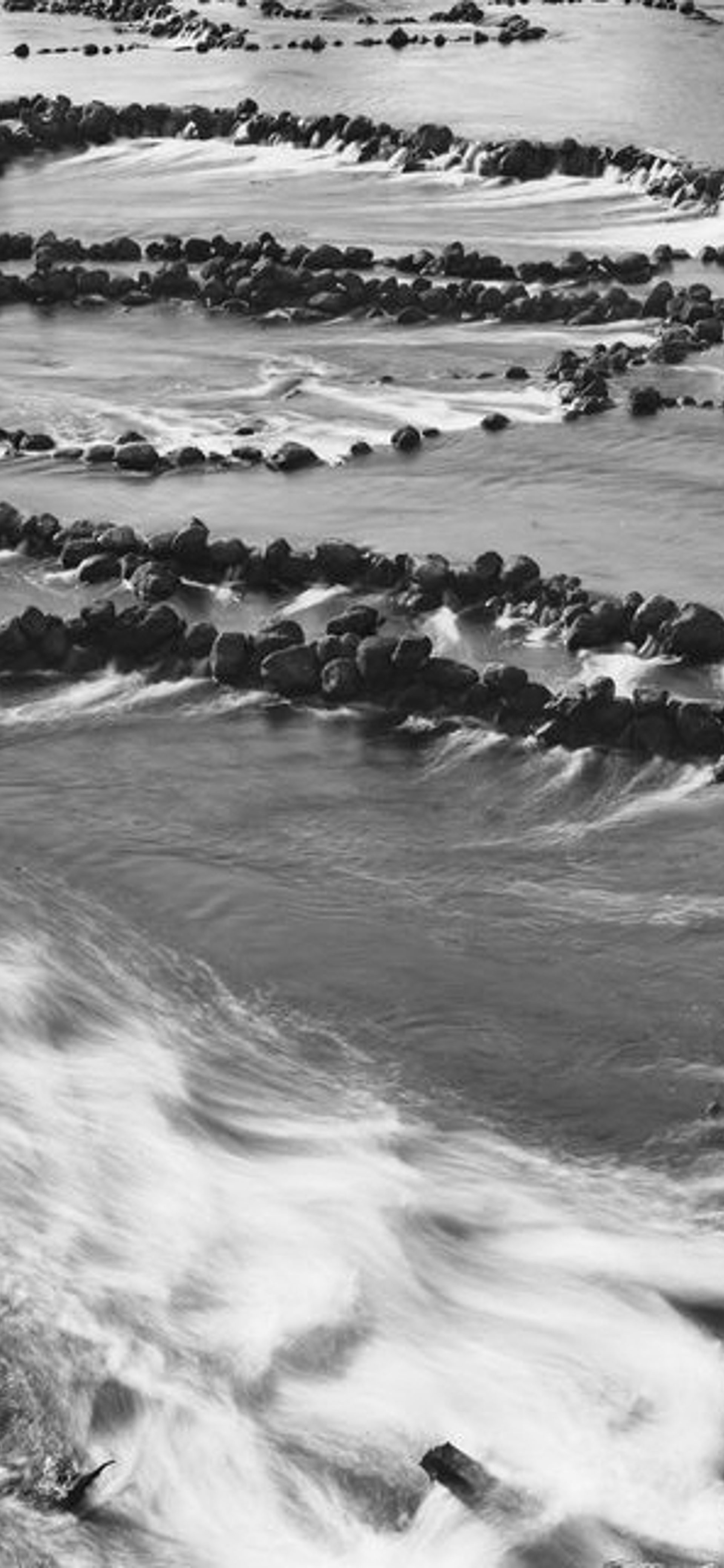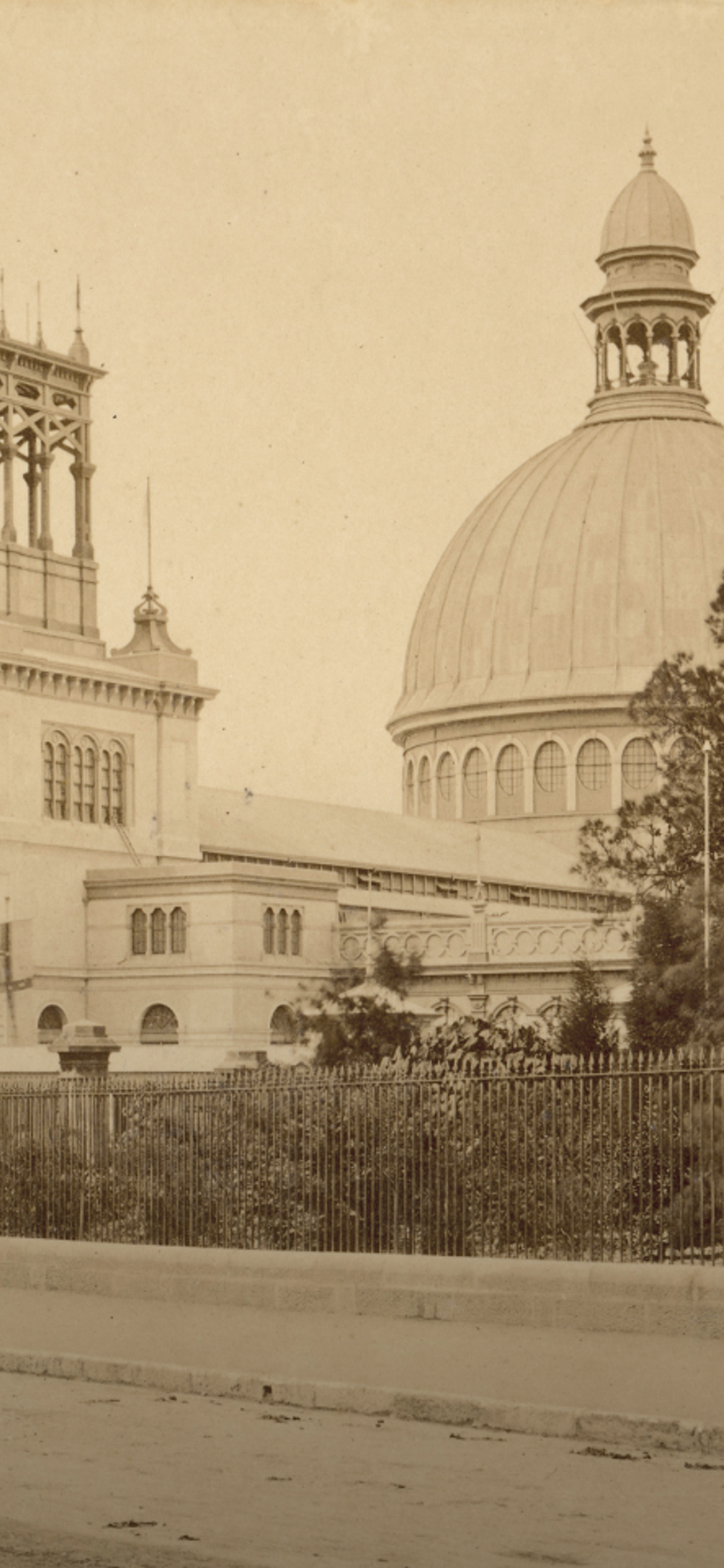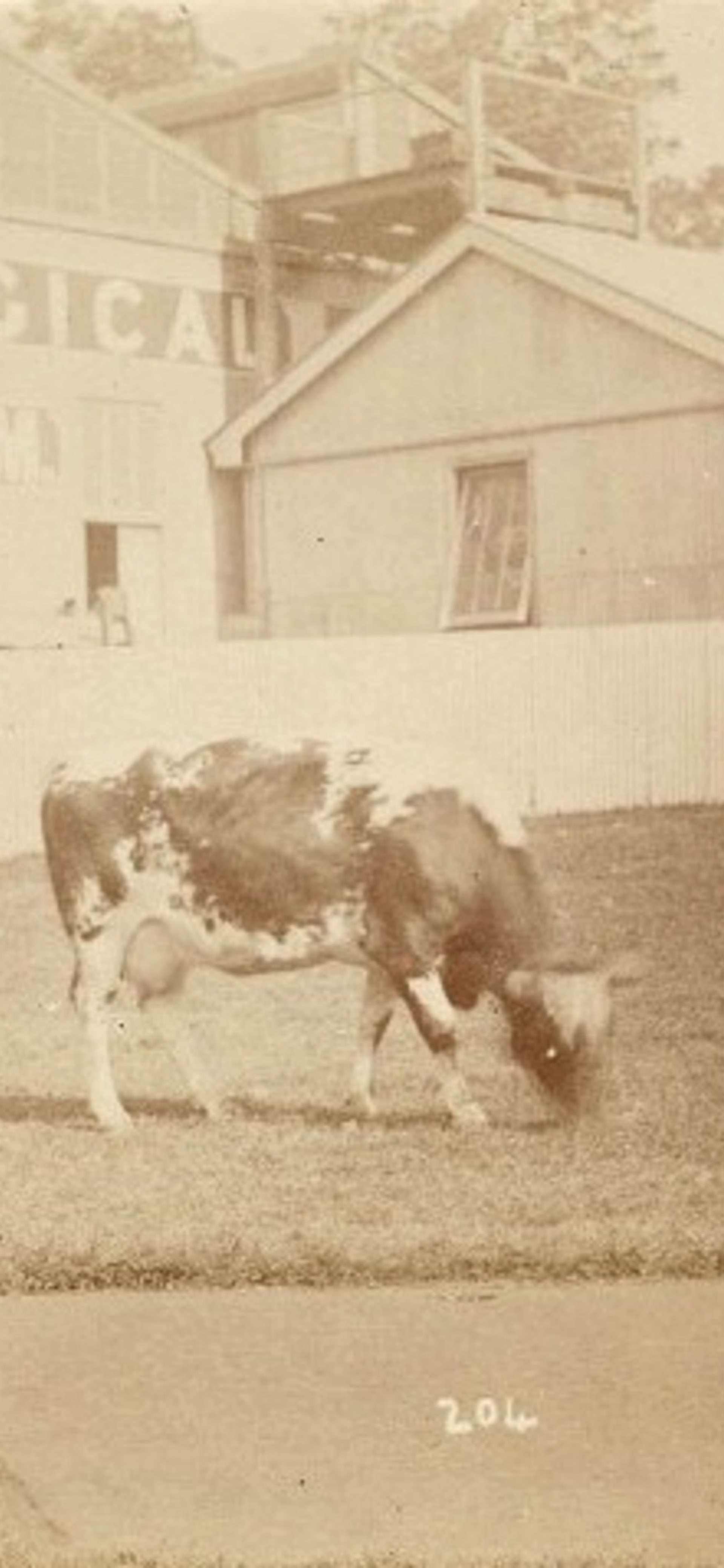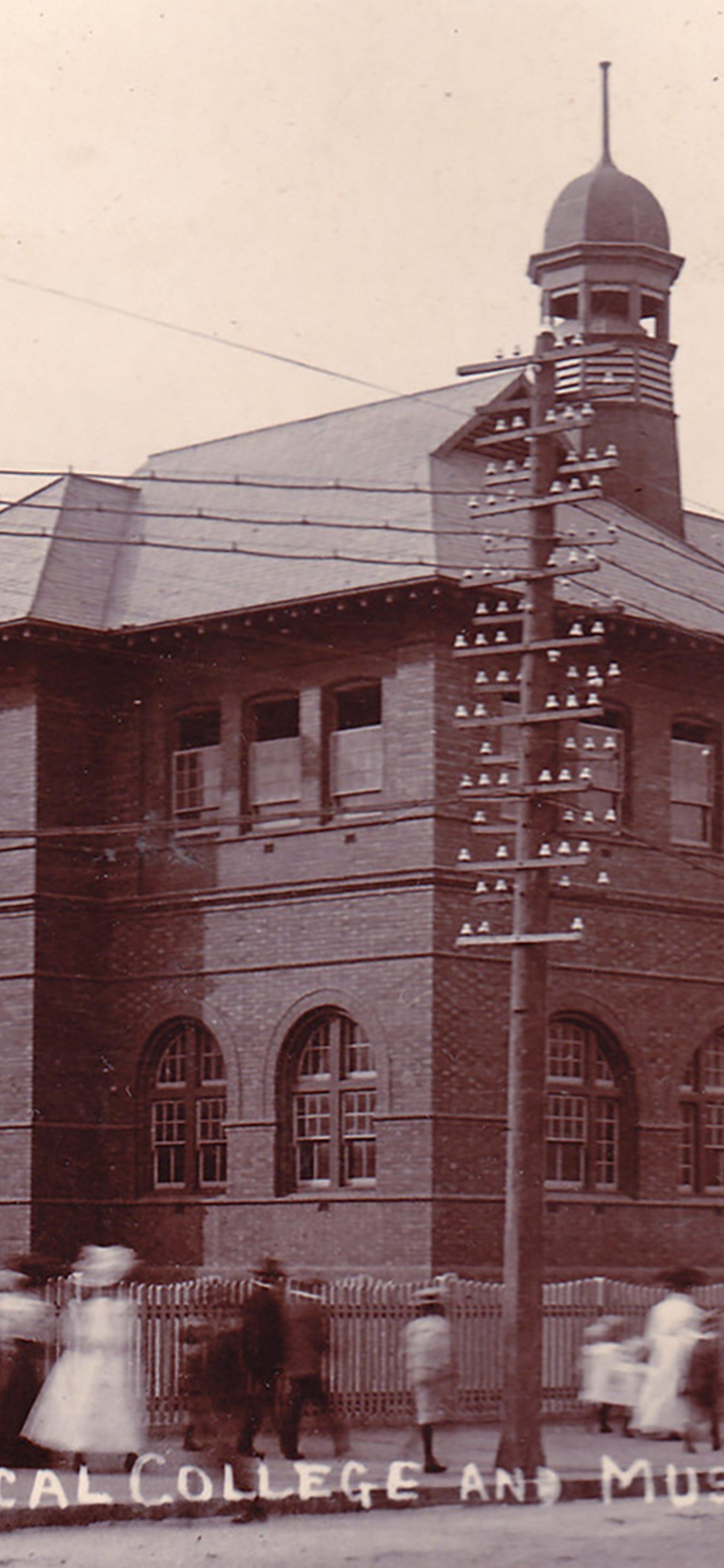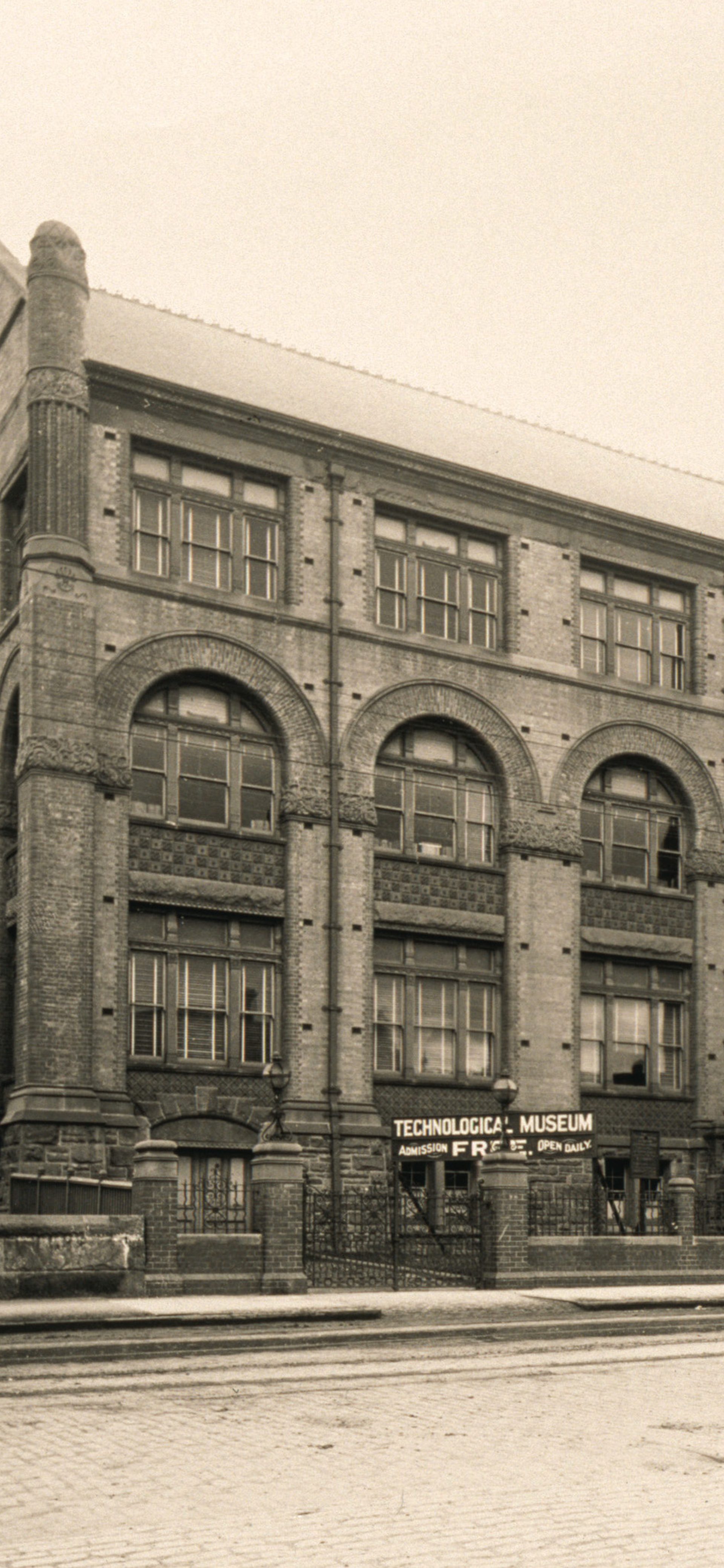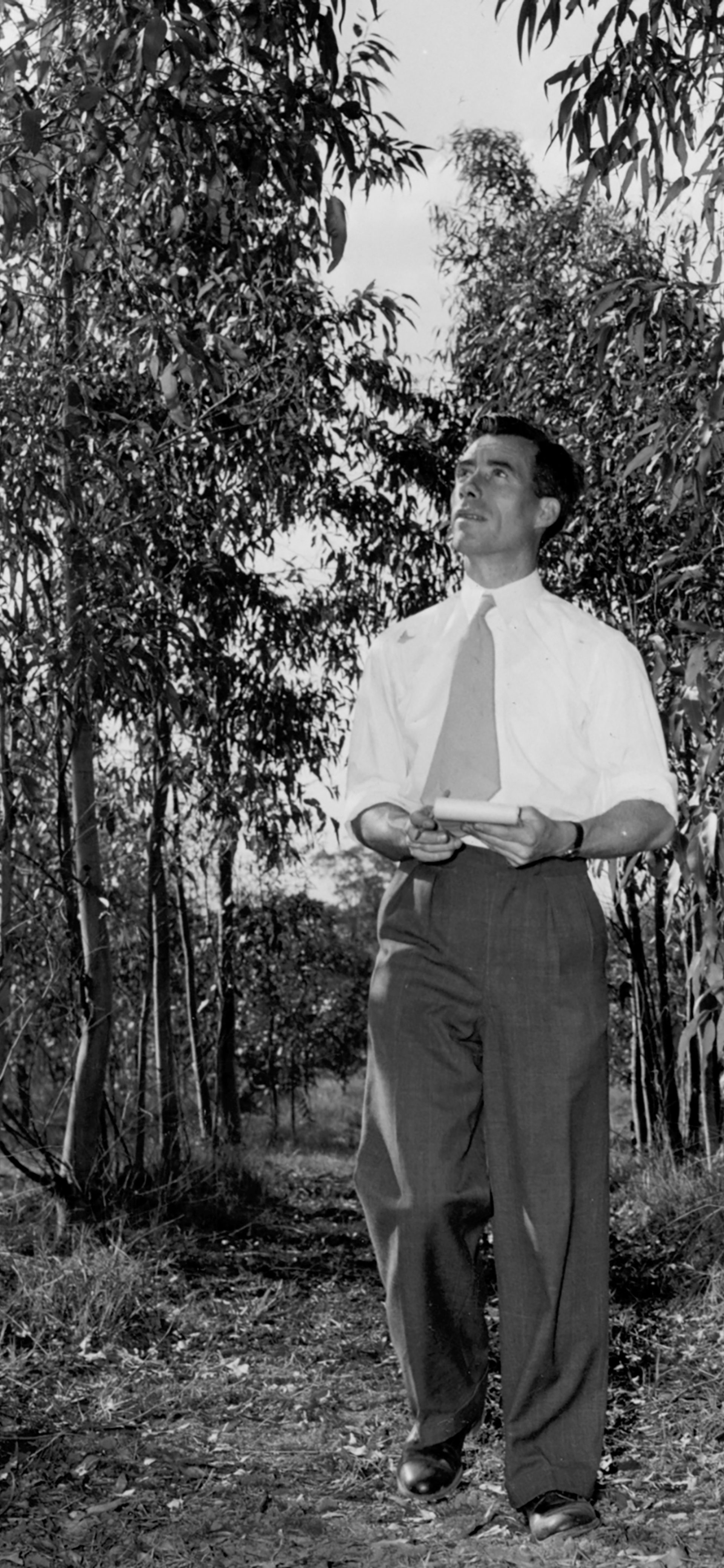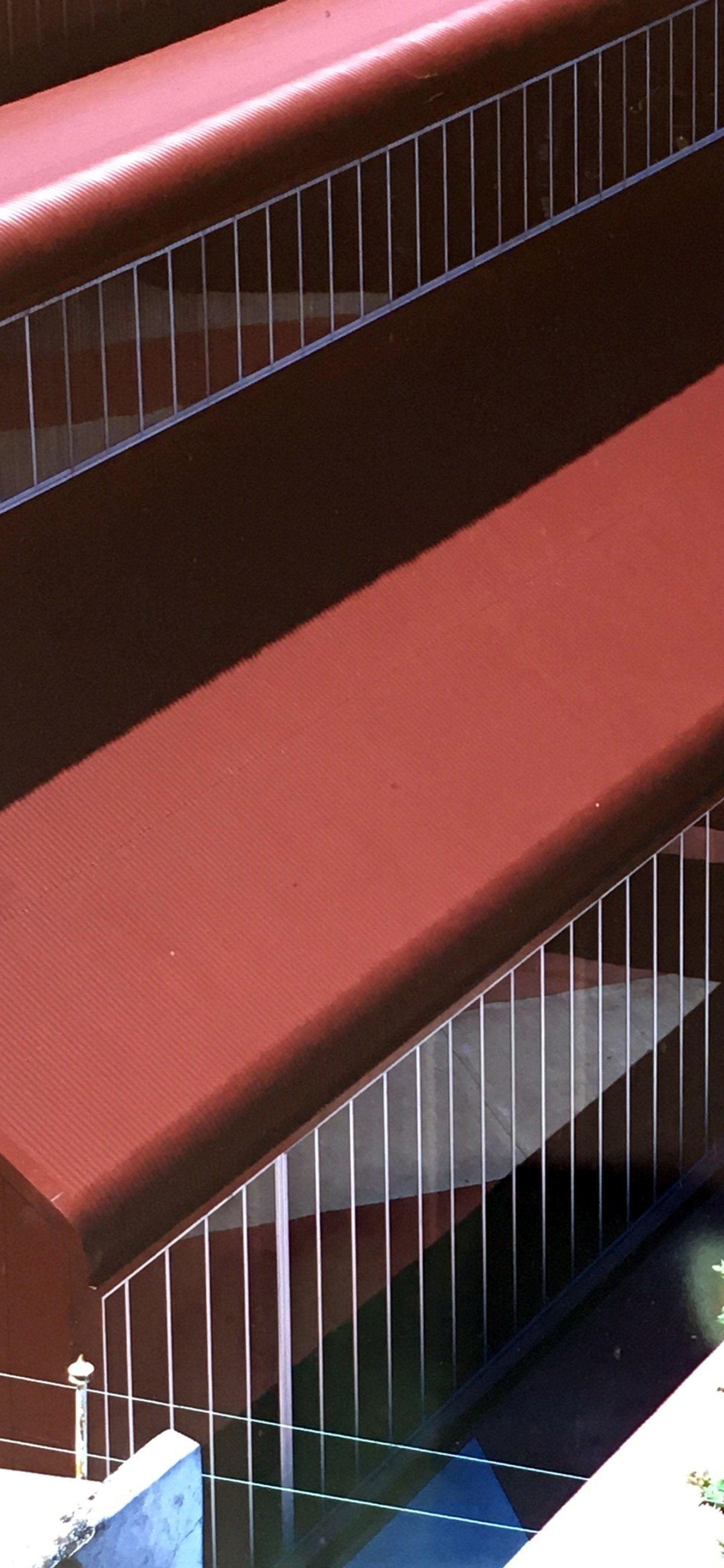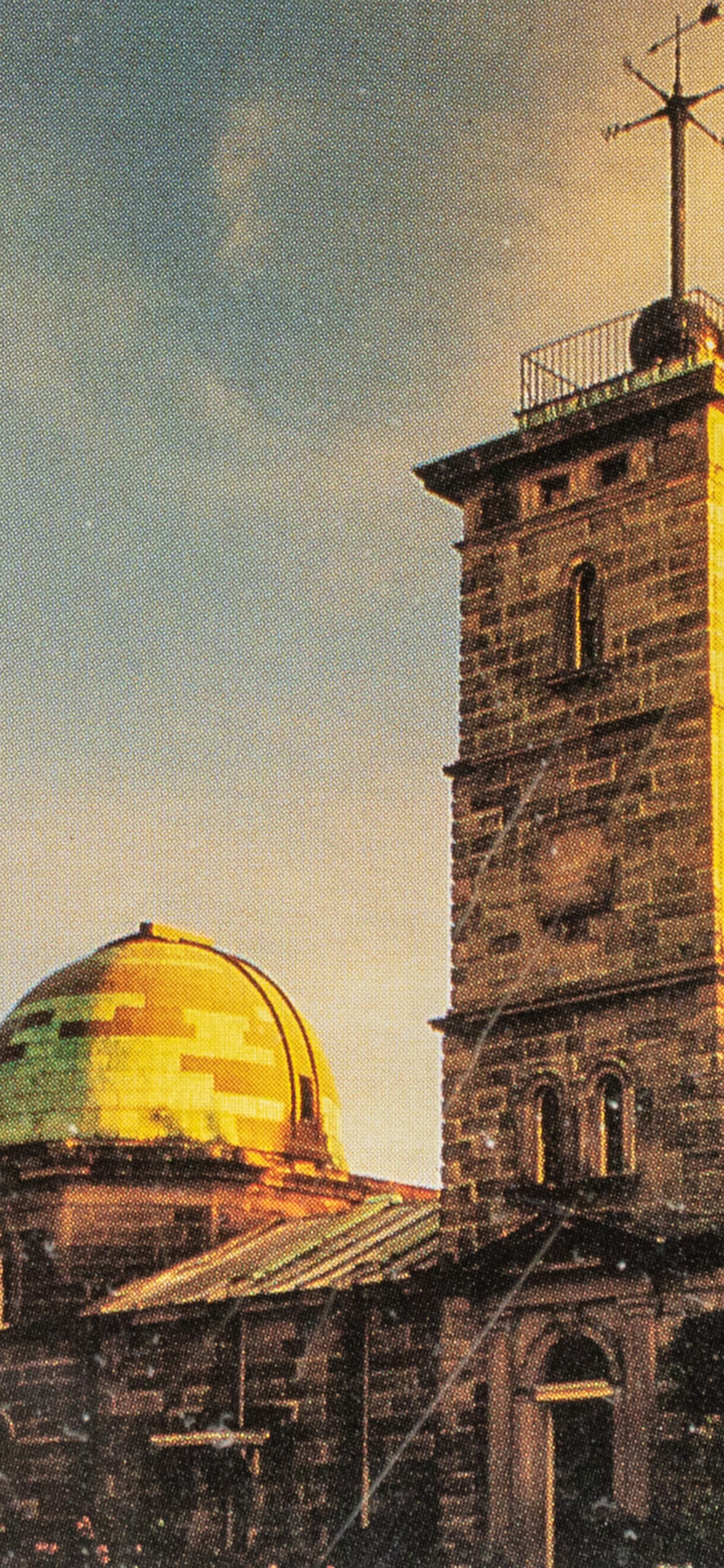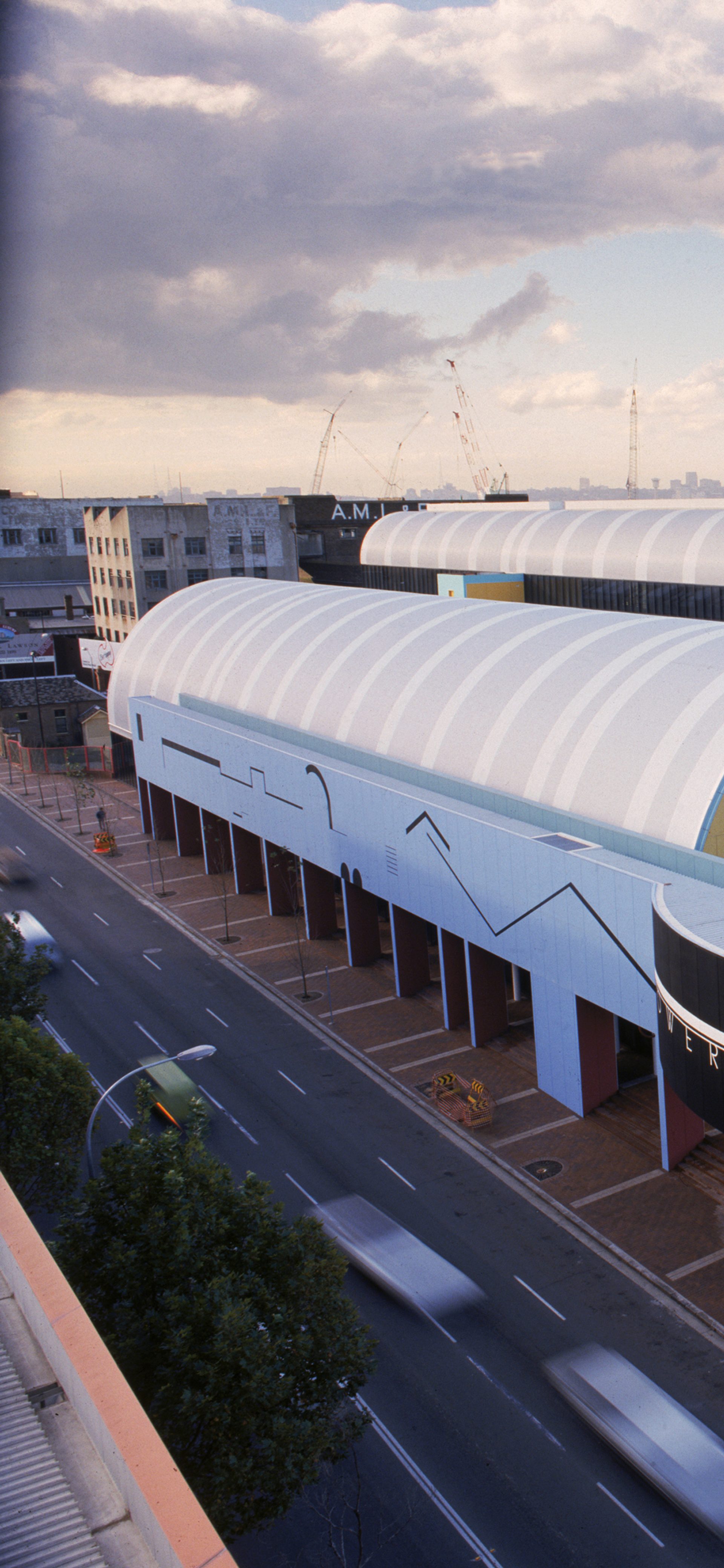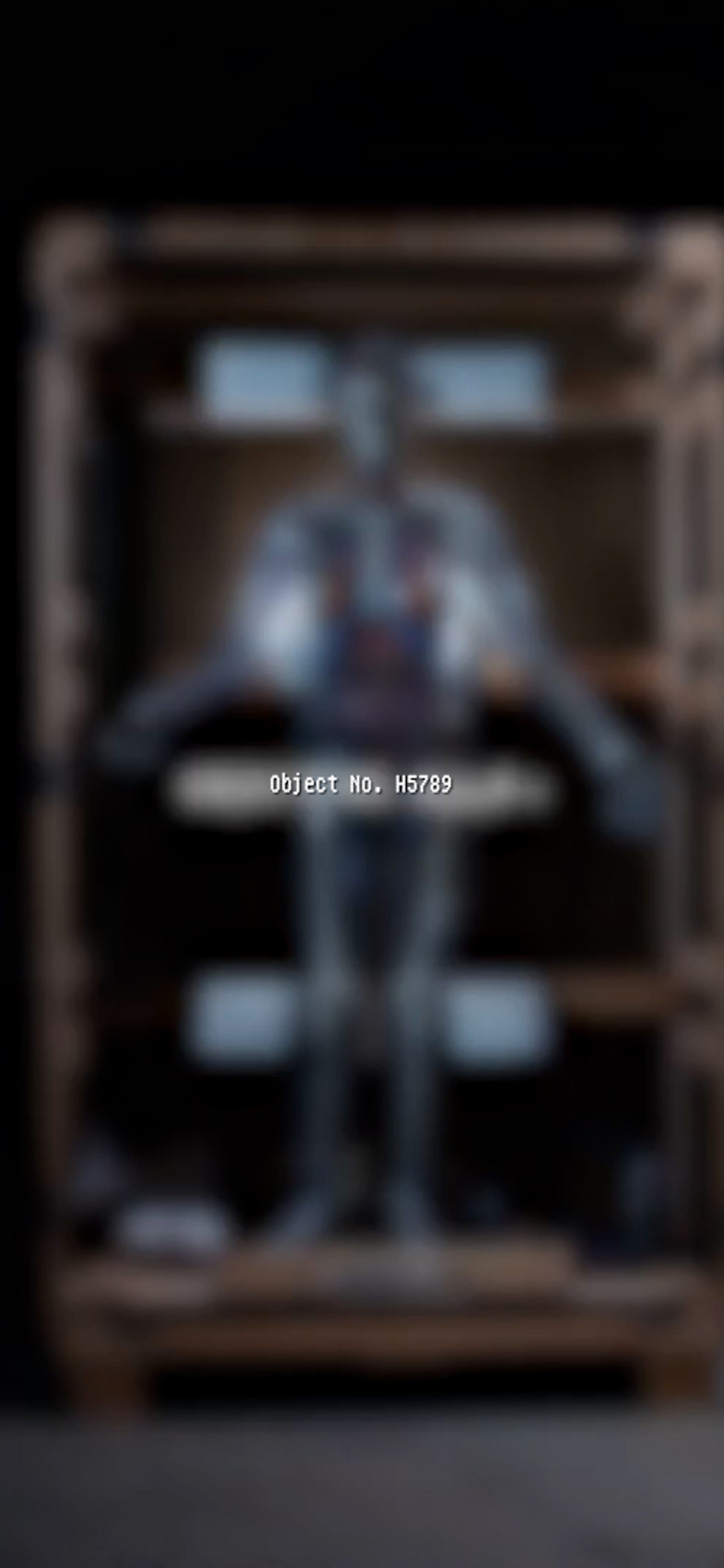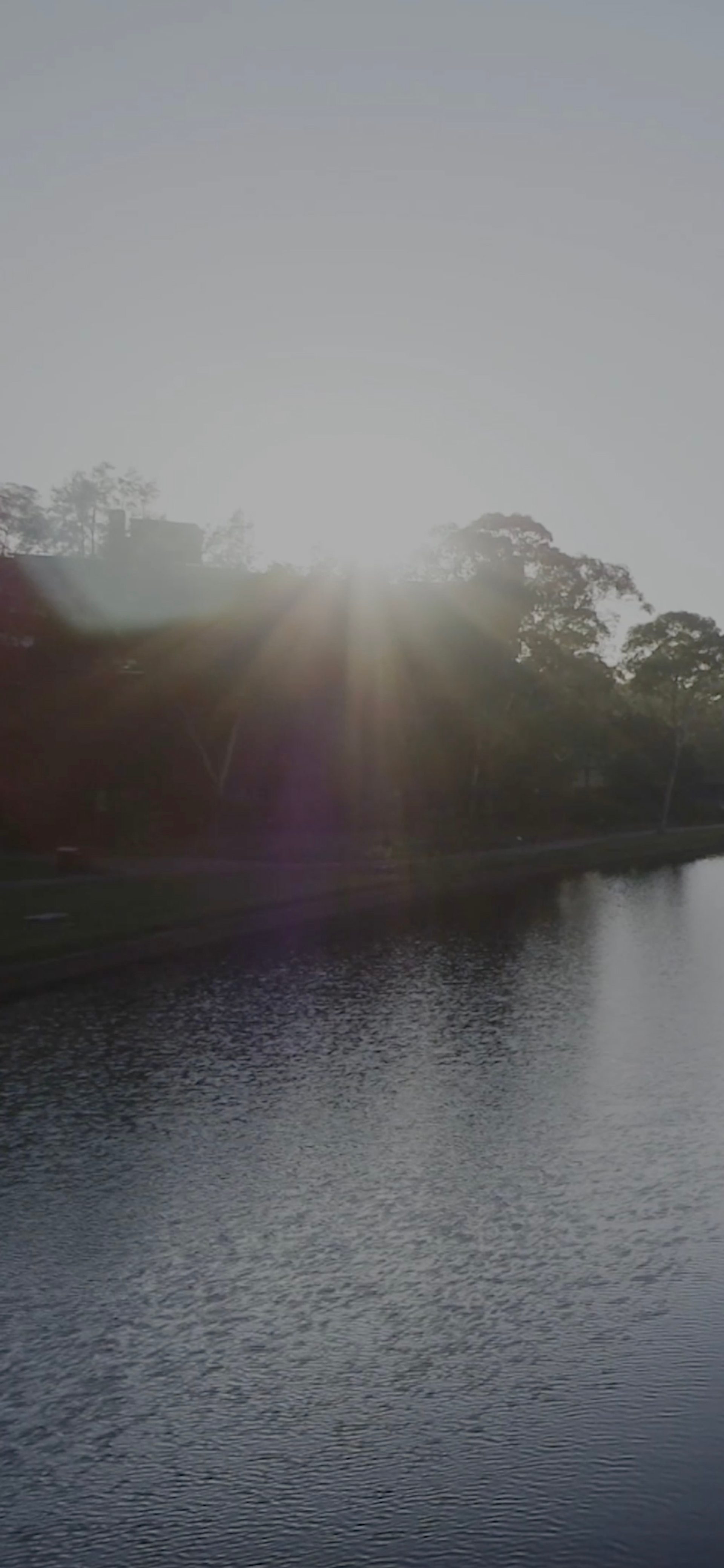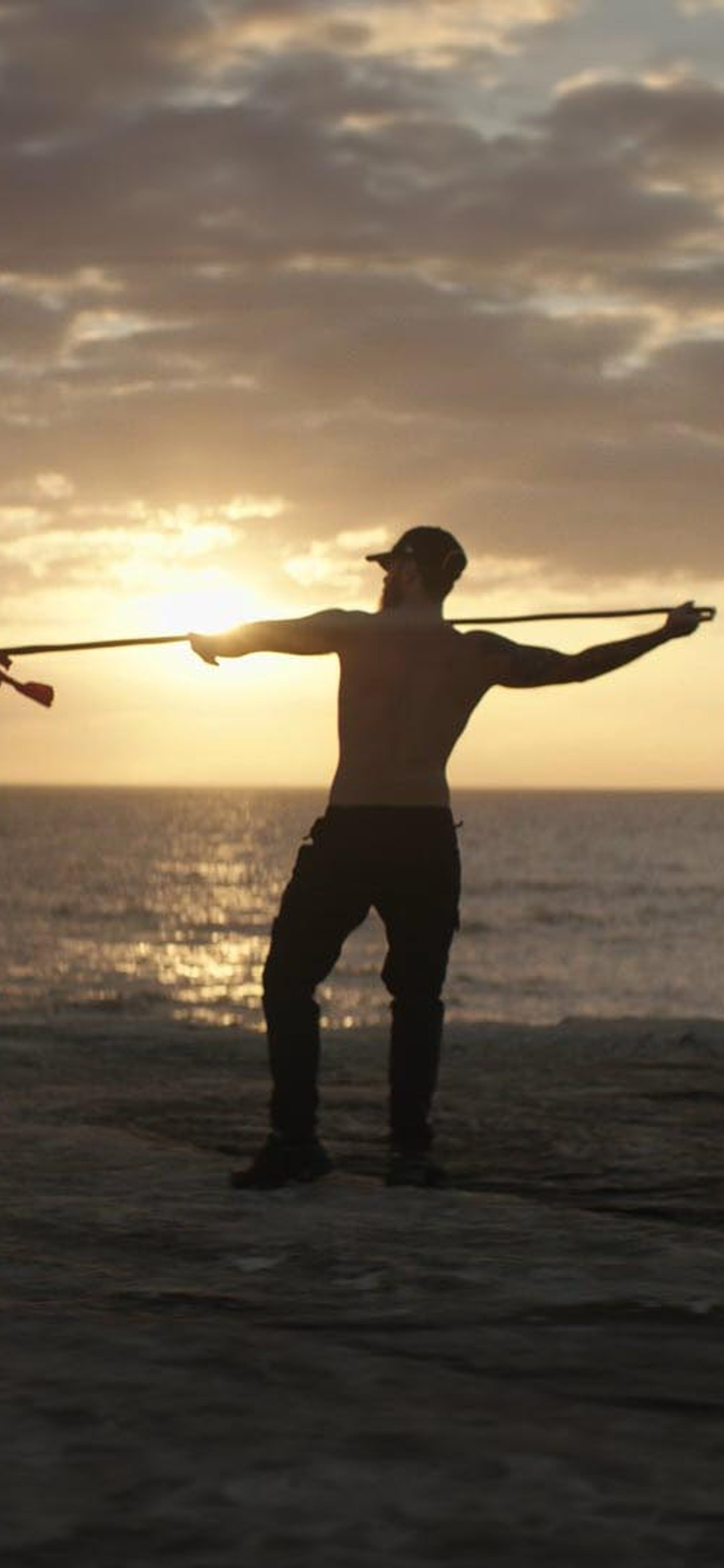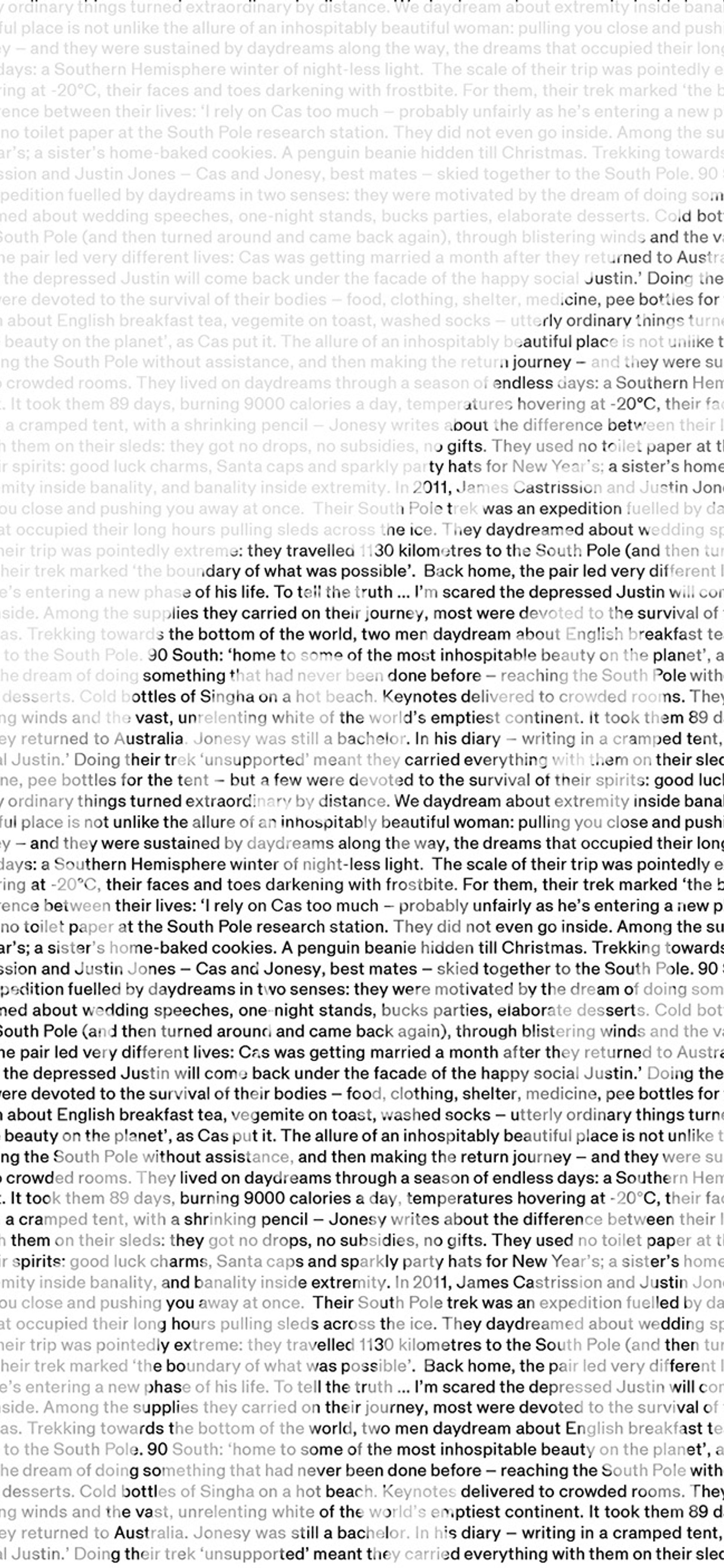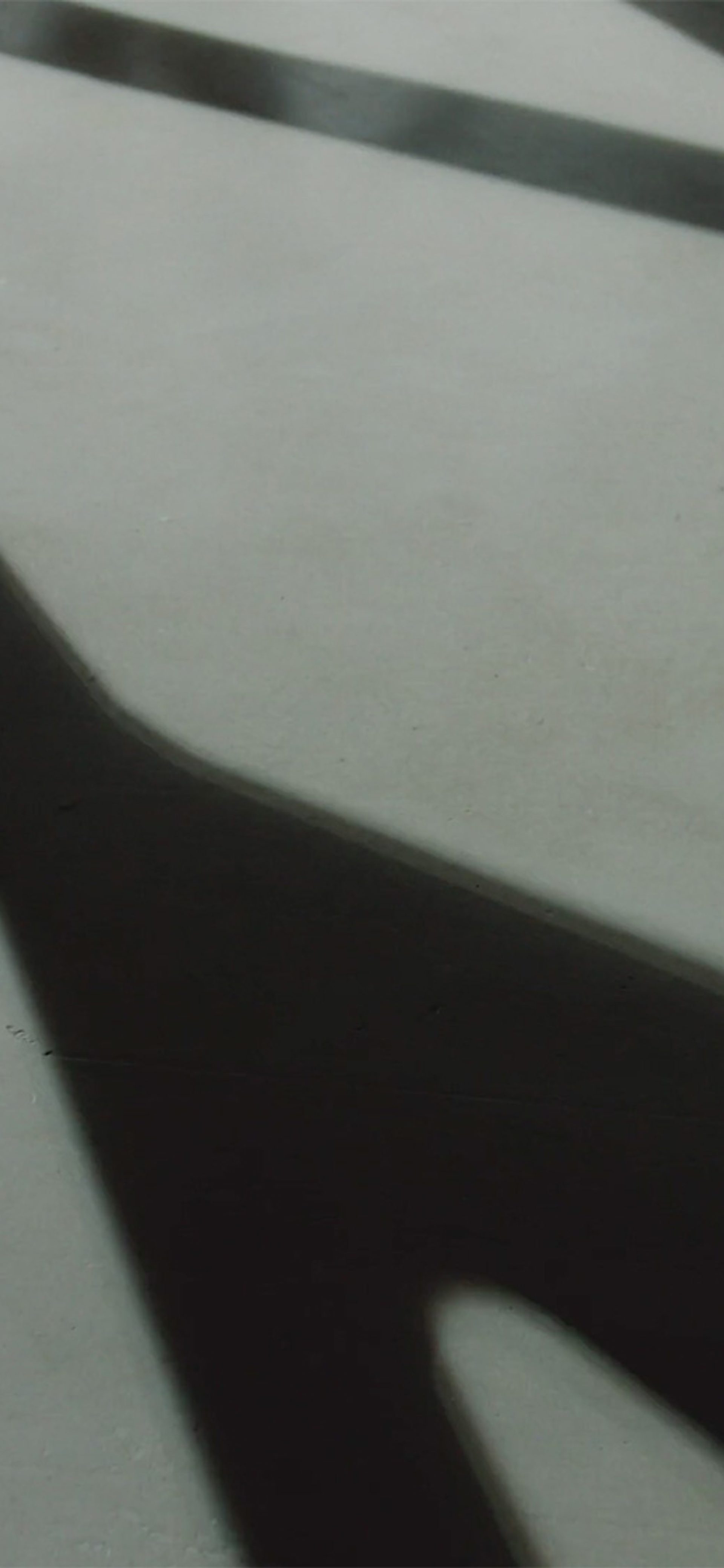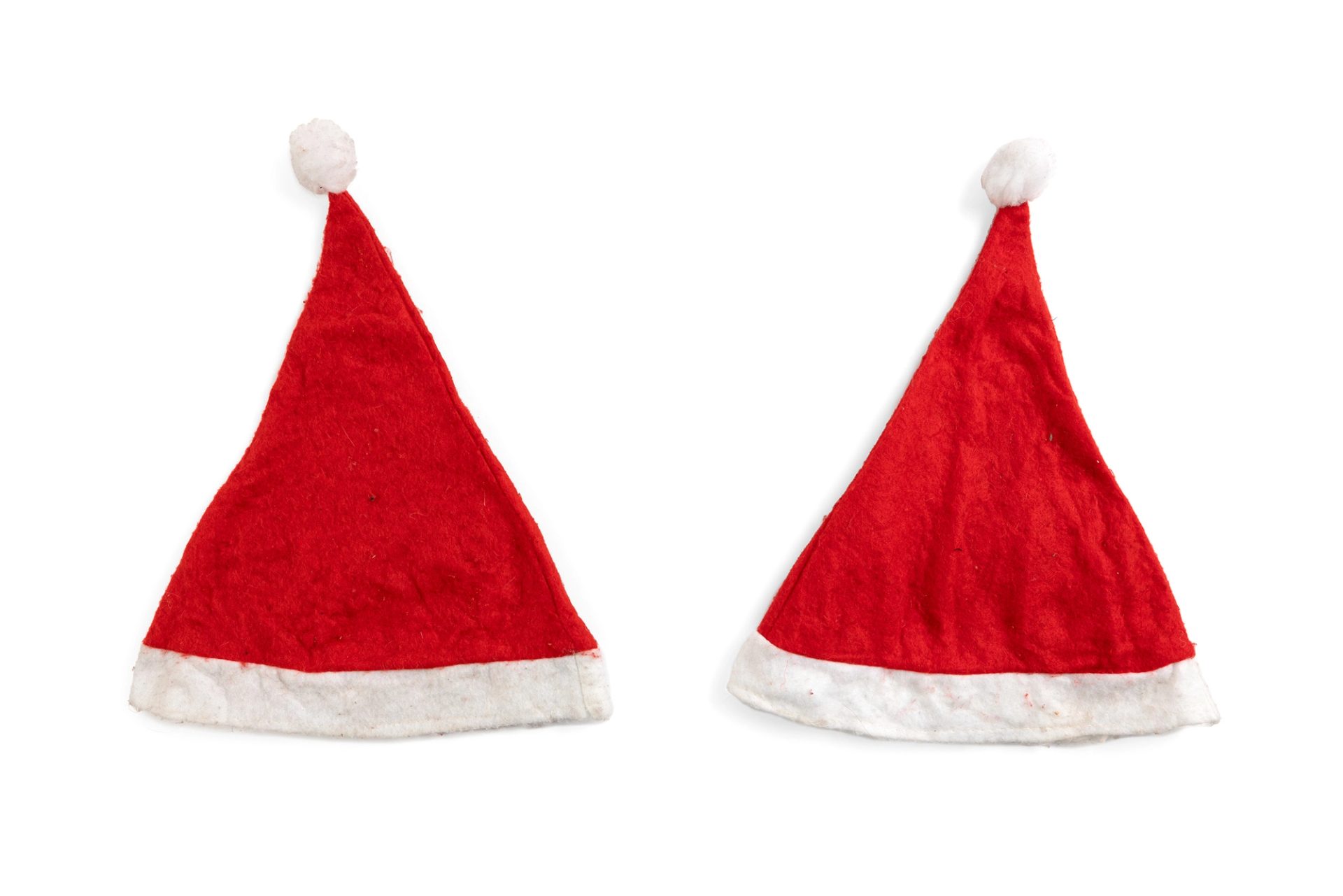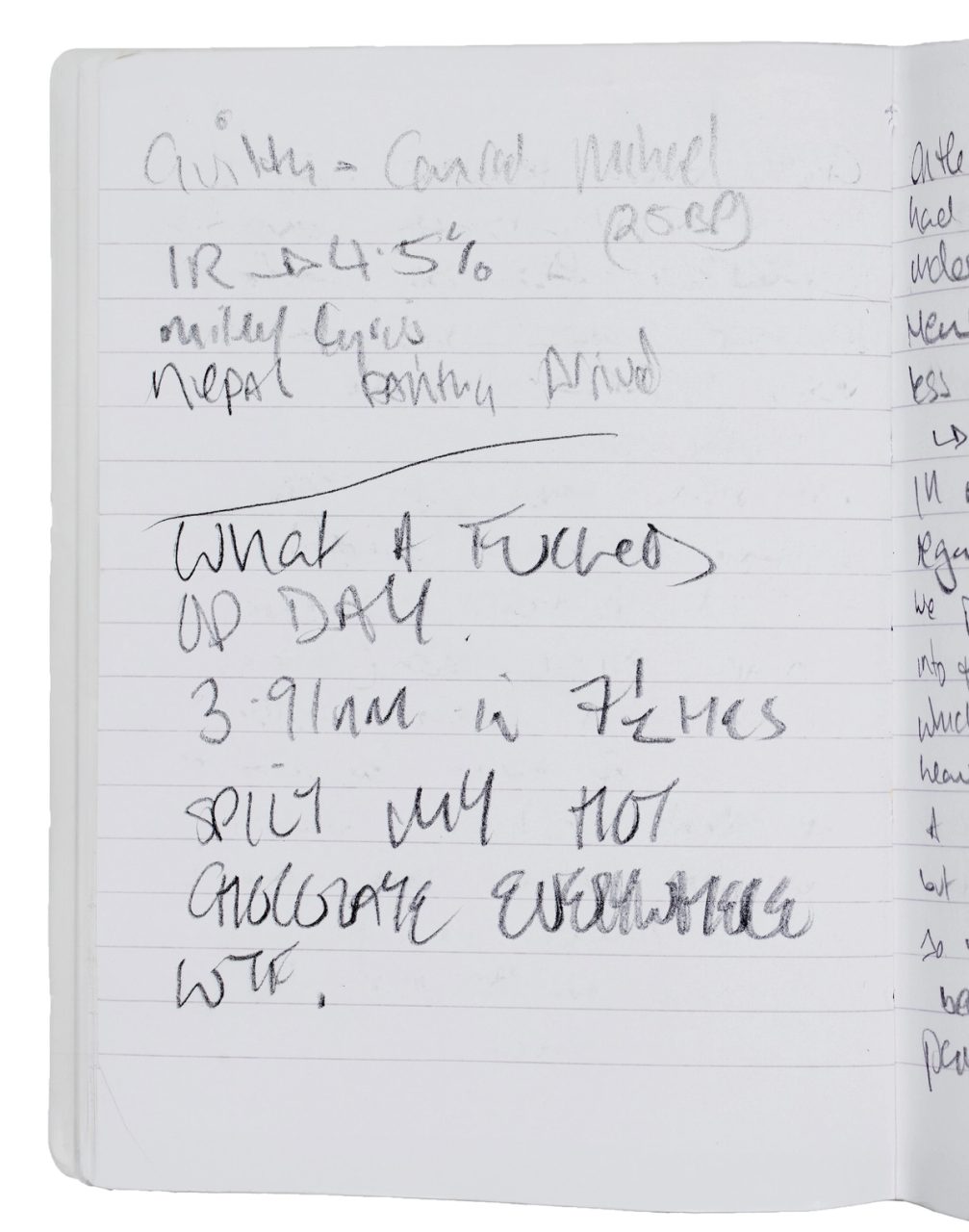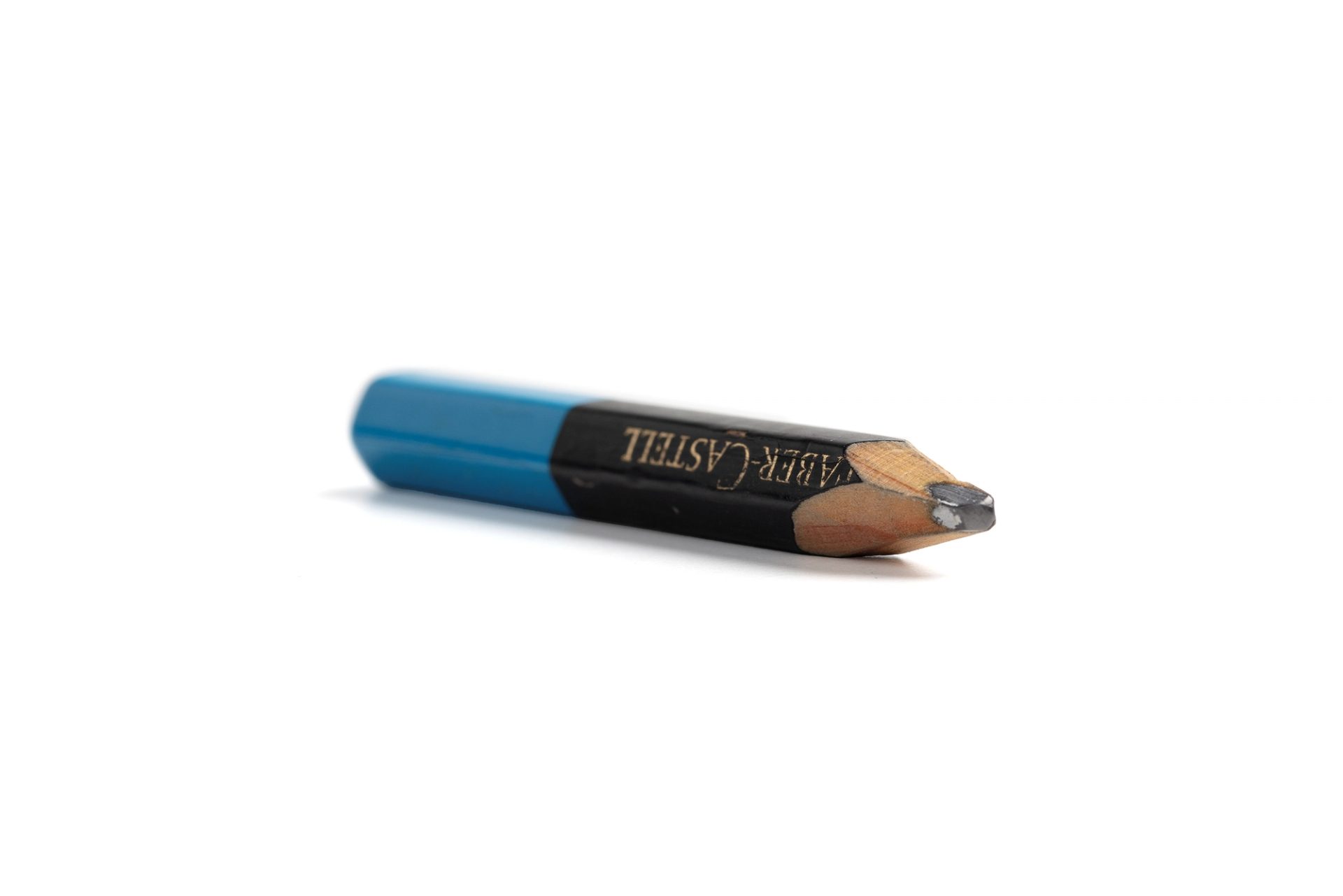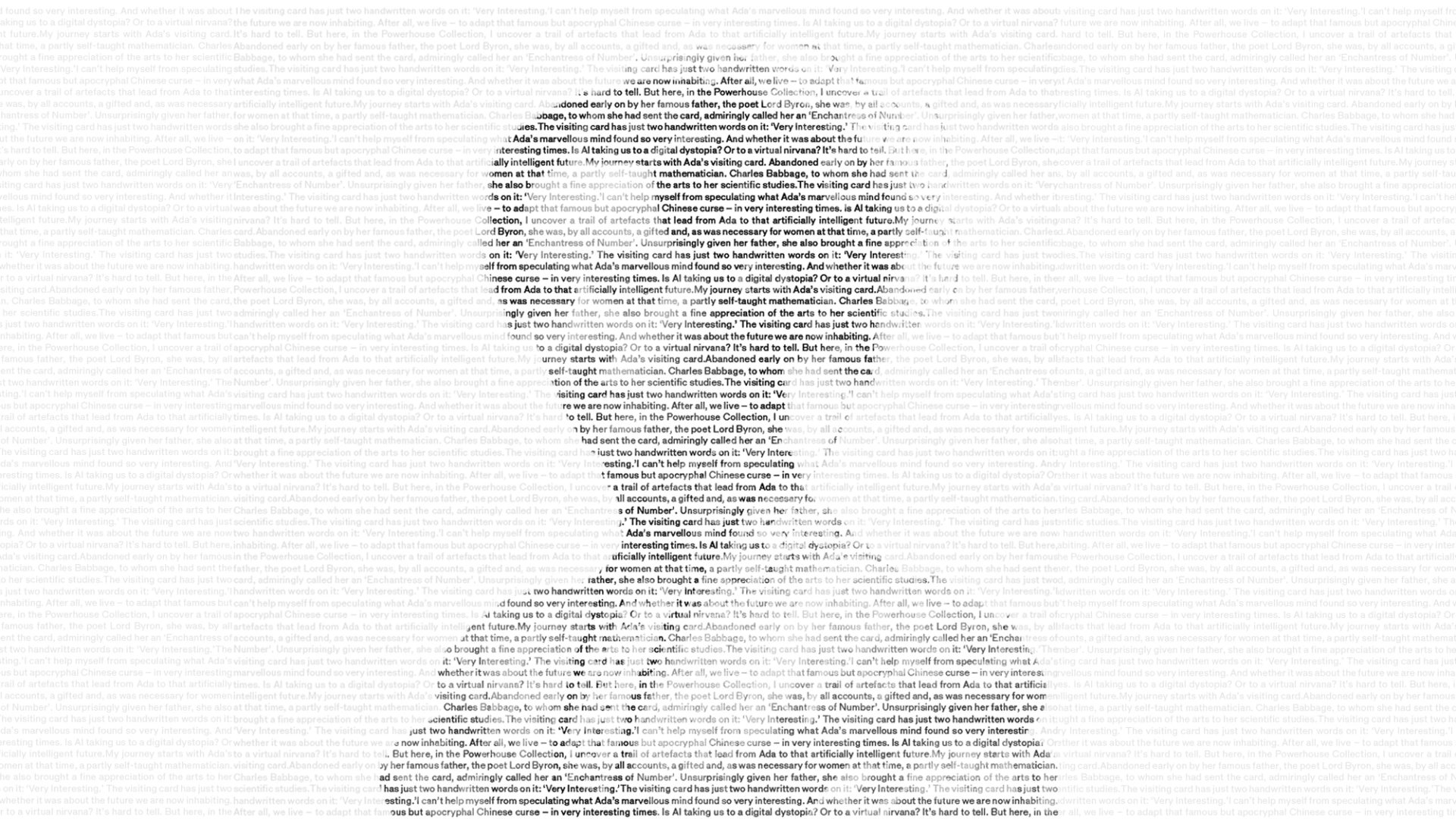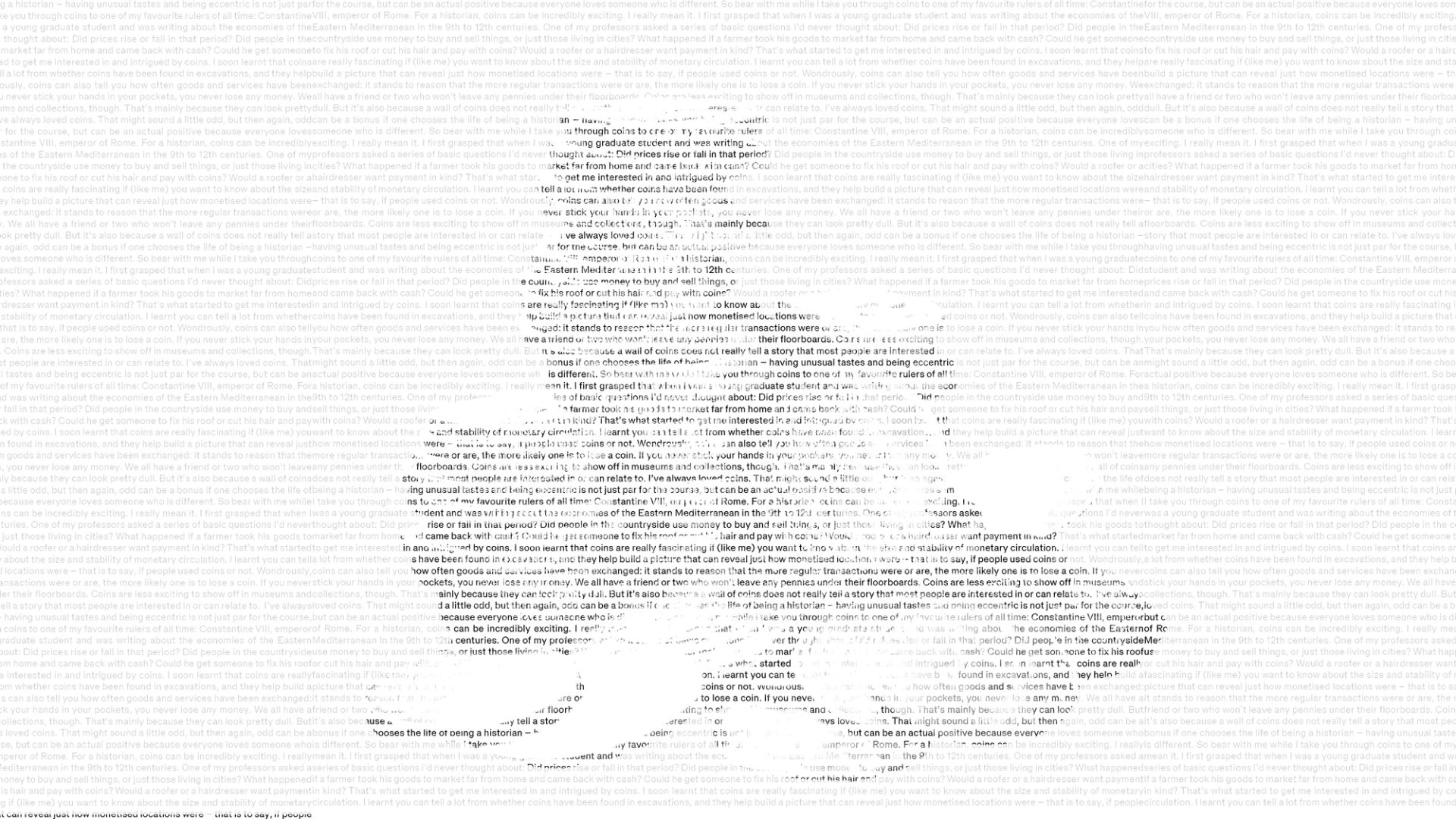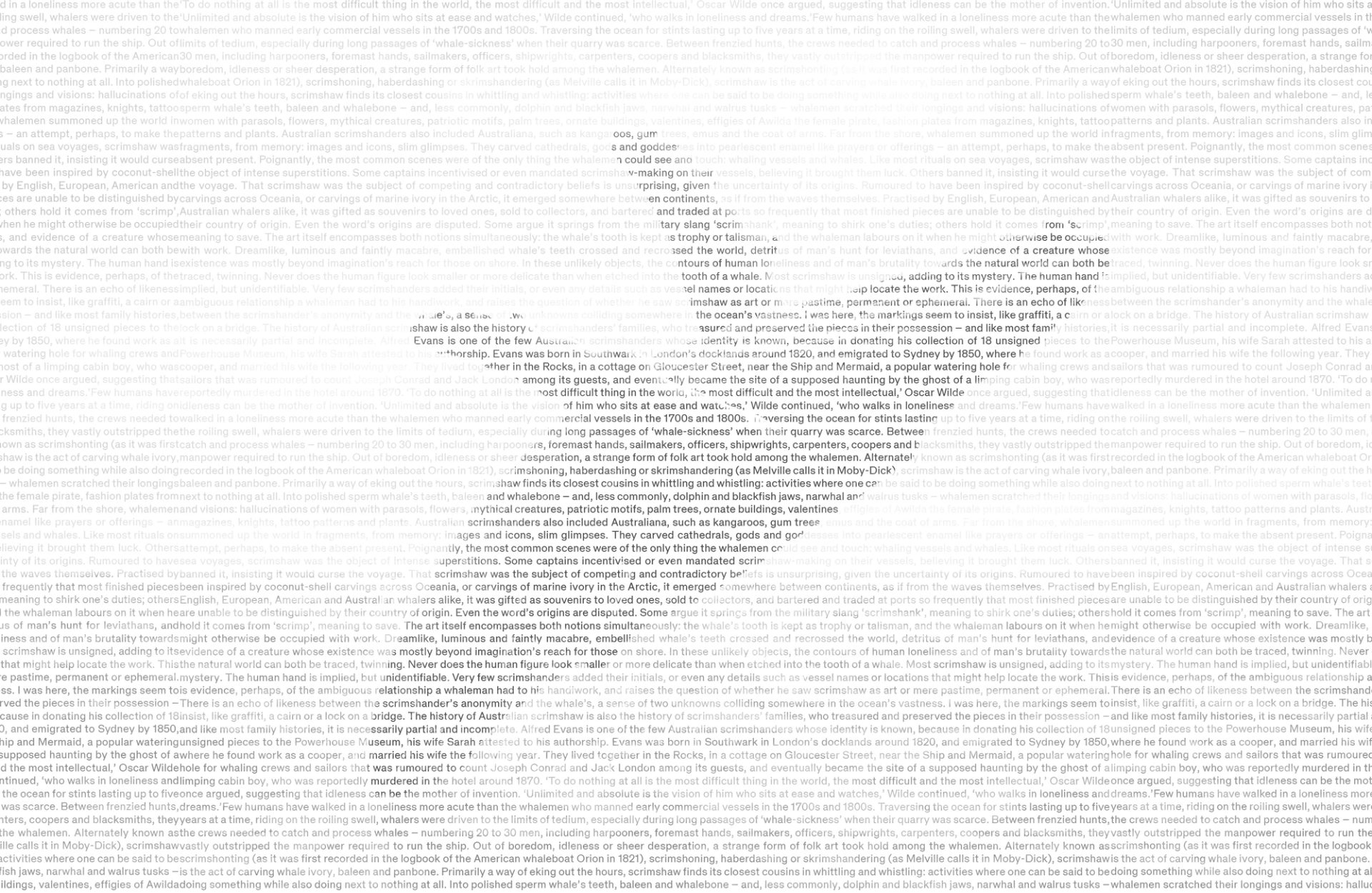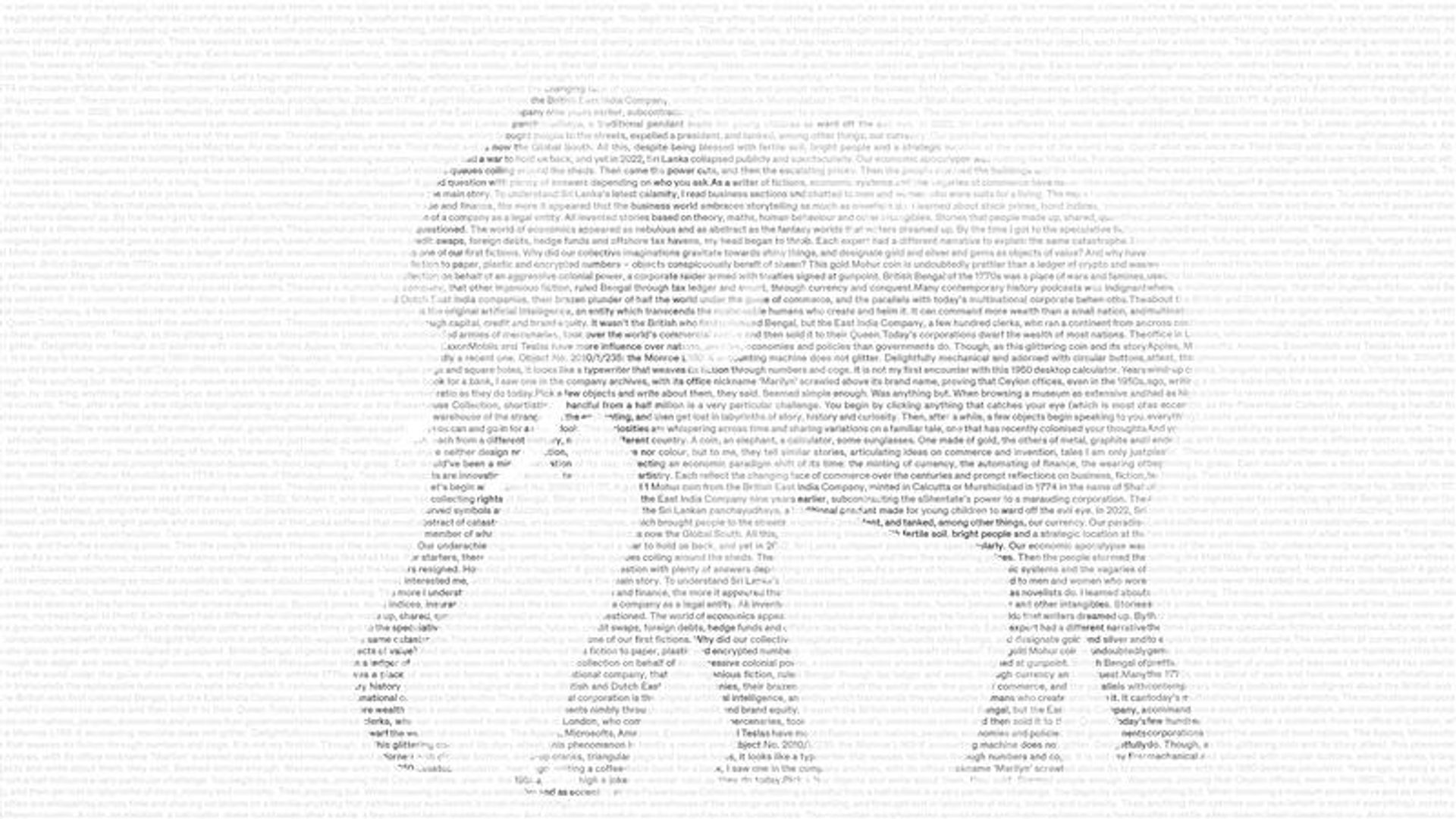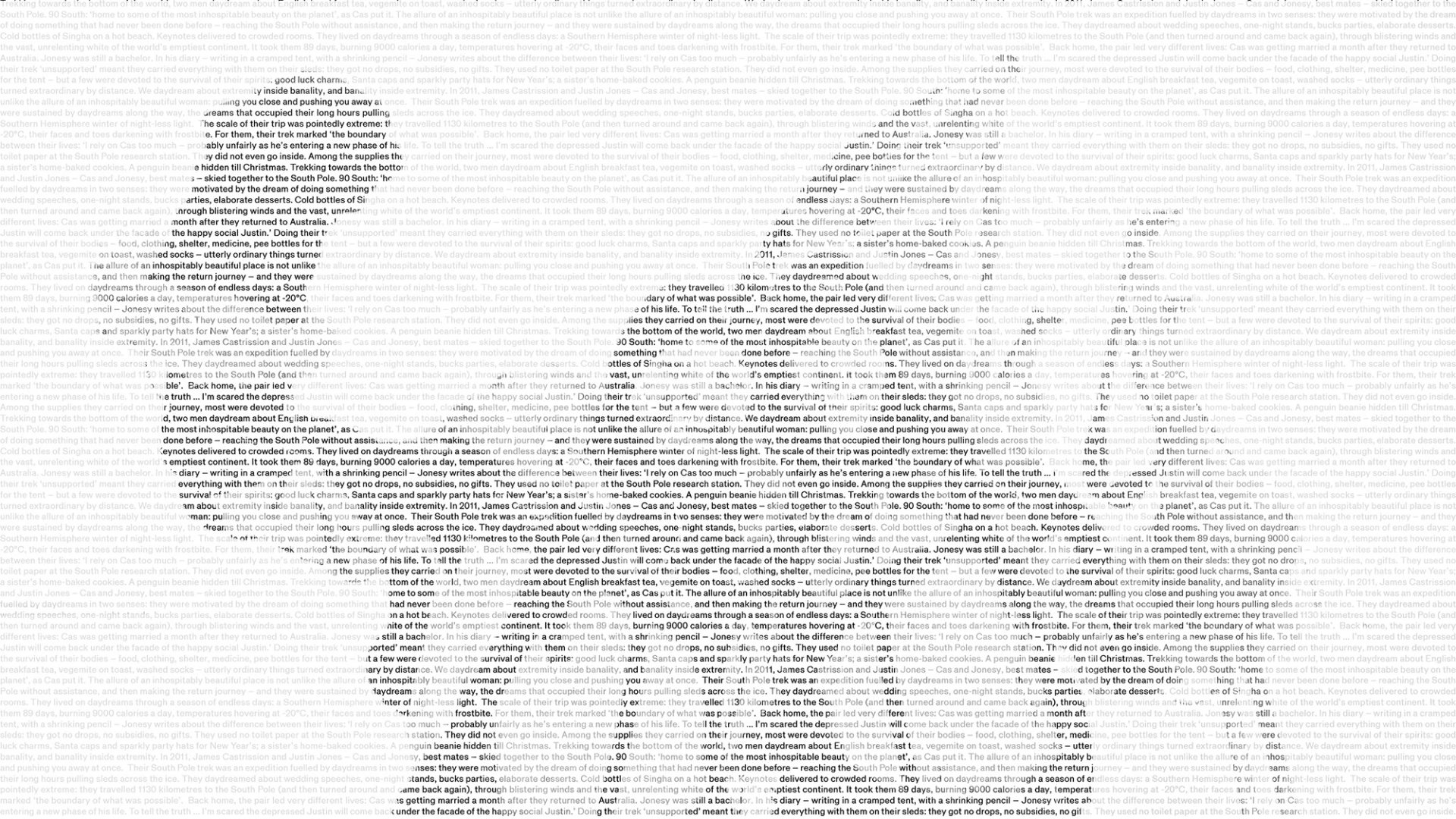South Pole Dreams

New York Times bestselling author Leslie Jamison looks at the role of talismans in extreme situations, following the dreams and shadows of James Castrission and Justin Jones across the Antarctic. Commissioned by Powerhouse for the Writing Objects series.
South Pole Dreams
Trekking towards the bottom of the world, two men daydream about English breakfast tea, vegemite on toast, washed socks – utterly ordinary things turned extraordinary by distance. We daydream about extremity inside banality, and banality inside extremity. In 2011, James Castrission and Justin Jones – Cas and Jonesy, best mates – skied together to the South Pole. 90 South: ‘home to some of the most inhospitable beauty on the planet’, as Cas put it. The allure of an inhospitably beautiful place is not unlike the allure of an inhospitably beautiful woman: pulling you close and pushing you away at once.
Their South Pole trek was an expedition fuelled by daydreams in two senses: they were motivated by the dream of doing something that had never been done before – reaching the South Pole without assistance, and then making the return journey – and they were sustained by daydreams along the way, the dreams that occupied their long hours pulling sleds across the ice. They daydreamed about wedding speeches, one-night stands, bucks parties, elaborate desserts. Cold bottles of Singha on a hot beach. Keynotes delivered to crowded rooms. They lived on daydreams through a season of endless days: a Southern Hemisphere winter of night-less light.
The scale of their trip was pointedly extreme: they travelled 1130 kilometres from the geographical coast to the South Pole (and then turned around and came back again), through blistering winds and the vast, unrelenting white of the world’s emptiest continent. It took them 89 days, burning 9000 calories a day, temperatures hovering at -20°C, their faces darkening with frostbite. For them, their trek marked ‘the boundary of what was possible’.
Back home, the pair led very different lives: Cas was getting married a month after they returned to Australia. Jonesy was still a bachelor. In his diary – writing in a cramped tent, with a shrinking pencil – Jonesy writes about the difference between their lives: ‘I rely on Cas too much – probably unfairly as he’s entering a new phase of his life. To tell the truth … I’m scared the depressed Justin will come back under the facade of the happy social Justin.’
Doing their trek ‘unsupported’ meant they carried everything with them on their sleds: they got no drops, no subsidies, no gifts. They used no toilet paper at the South Pole research station. They did not even go inside. Among the supplies they carried on their journey, most were devoted to the survival of their bodies – food, clothing, shelter, medicine, pee bottles for the tent – but a few were devoted to the survival of their spirits: good luck charms, Santa caps and sparkly party hats for New Year’s; a sister’s home-baked cookies. A penguin beanie hidden till Christmas.
Every gram of weight on their sleds meant more strain on their exhausted bodies. Every item had to prove its worth. But these ‘inessentials’ ended up being as essential as their antibiotics or jerky or ski poles: these talismans and catalysts of ritual, celebration and care.
Their inessential objects, like their daydreams, were sustenance for the soul. Their daydreams offered them the sustenance of an elsewhere – or rather, many elsewheres: the elsewhere of home. The elsewhere of the past. The elsewhere of the future. The elsewhere of heat. The elsewhere of love, or its possibility. One man imagined delivering his vows. The other imagined falling in love.
Three iPod Nanos became their physical portals to these various elsewheres: listening to electronica let them return to the nightclubs of their youth. Listening to Harry Potter let them travel to the spiral stairs and spell-strewn mazes of a magic school. The language of its fantasy world seeped into their own. Dementor weather, they called it: the endless wind. The driving blizzards. Their Nanos were fourth generation, with 16GB of storage. Plastic and steel. White and black and red; these tiny archives of outsourced dreams.


They kept them tucked close to their bodies – tucked into pockets they’d carefully sewn into their thermal tops, like marsupial pouches – so they wouldn’t freeze or run down their power too quickly. They could only recharge them when they had sun; by day nine they’d had no sun for days. No Nanos for the journey. Without their Nano dream archives, each day seemed to ‘go on forever’. Other days they got frustrated with each other for running down the charge. One angry diary entry: ‘To top this all off he then passes my iPod back to me when he’s going to bed with next to no charge left on it … Hozana take a deep breath.’
The trip was brutal on their bodies. Cas lost 26 kilograms. Jonesy lost 30. Cas got a groin infection that lasted for weeks. Jonesy’s feet started rotting. They both got bacteria-breeding blisters all over their faces. Their diaries were full of primal cries of scarcity, exhaustion, and depletion: ‘I’m sick of feeling like a used condom’. ‘WHAT A FUCKED UP DAY ... SPILT MY HOT CHOCOLATE EVERYWHERE WTF.’ Over and over again, the phrase so so tired.
Inside this exhaustion, living inside their failing and past-the-limit bodies, they needed stories and fantasies like oxygen. When Cas got low, Jonesy told him some of his ‘dodgier sex stories’. To give him the elsewhere of pleasure. (‘I think they really entertained him but I’m pretty sure they also disgusted him.’) They liked to play a game in which they imagined where everyone they knew would be in 10 years’ time.
In his diary, Jonesy describes his fantasies as a kind of ballast. In one entry he writes: ‘Today … there were a lot of downs! I dragged myself out of it by thinking of people (girls) back home … past present and future.’ Also: ‘devising a keynote in my head’. Many times, he mentions daydreaming about the bucks party he will plan for Cas: ‘Did some good thinking about Cas’s buck’s today …’ ‘Worked on Cas’s Buck’s in my Head. Cooked Food in Head.’
And meanwhile, Cas was often daydreaming about the wedding itself:
As we slogged on through soft snow drifts, I started planning my wedding speech. It was crazy to think that within a few weeks of leaving this desolate frozen continent we’d be in Thailand celebrating my wedding. I let my mind roam and allowed myself the indulgence of visualising hot sand pressing up between my toes, suffocatingly humid air filling my lungs and the freedom of not having to wear gloves … ah, the warmth. I could almost smell the Singha lager when I was snapped back to reality and realised Jonesy was getting too far ahead.
In so many accounts of daydreaming, some version of this cliché appears: snapped back to reality. The metaphor of an elastic band summons many things at once, including the sense of a rough summoning: the inevitability of the return, and the sting of it. The sharp, stinging pain that comes when a rubber band flicks back against the skin. The sense of an overreach, trying to push a material – the elastic psyche – past its limits.
Over the course of the trek, their daydreams turned from pleasure to survival: away from sex, weddings, romance, friendship, celebration, and towards brute necessity. Which is to say: towards food. Worked on Cas’s Buck’s in my Head. Cooked Food in Head gradually became something more like: cooked food in head cooked food in head cooked food in head …
Jonesy imagines walking through the supermarket in Punta Arenas, Chile – their point of departure and return – and buying hot dogs, ice cream, churros; he devotes an entire page of his diary to the meticulous construction of a fantasy caramel mudcake, with a crushed Tim Tam and fudge base, white chocolate flakes, sides made of crumbled cookies … In another journal entry, his fantasy dessert (‘pancake dessert with coconut cashew sauce’) rubs against more visceral confessions of bodily reality: ‘Odd colour poo – hope it’s not blood.’
A page of Jonesy’s imagined dinners (protein cravings in ascendance) – roast chicken stuffed with feta, pine nuts, basil or sage, cheese … roast rib eye roll – is flecked with moments of hypothetical choice: Chicken cordon bleu roll … boil vs roasting? There’s hunger manifest not only in his litany of imagined foods but in the imagining of choice. Thinking about boiling vs roasting becomes a way to stay a bit longer in the daydream, make it feel less static and passive, enter it more deeply. Boil vs roast? Basil or sage. The ‘or’ and the ‘vs’ are like little doorways into the dream – ways to imagine himself as an agent inside of it.
In the midst of so much physical and temporal monotony – their days were often the same, the physical landscape often the same – their daydreams offered relief from sameness: ‘Scenery is very monotonous, nothing really changes’, Jonesy wrote in his diary. ‘We may as well be locked in a white room with fluorescent lights and have to walk 12 hours a day on a treadmill.’
They were hungry for the possibility of variation in their daydreams, just as they were hungry for the only variation they found in the landscape: the sastrugi. These were elaborate wind-blown ridges in the hard snow. ‘Imagine walking over the peaks and down into the valleys of a gigantic lemon-meringue pie’, Cas writes. The sastrugi were beautiful; and they also suggested an elsewhere because they gestured towards other places, other landscapes, other climates, other objects. Roses. Waterfalls. Breaking waves. Dolphins. Sharks. The sastrugi took their need to daydream and mapped it onto the landscape, gave them a blank canvas, gave them vast white fields of Rorschach blots.
While Jonesy’s daydreams pivoted harder and harder towards food, Cas found himself turning more and more frequently to his own shadow. During the first few weeks of the trek, Cas began to imagine his shadow as a kind of doppelganger:
With all the polar clothing and the fur ruff on my head, I cast an unfamiliar shadow on the snow in front of me. It felt like I was projecting someone else. I became transfixed with its outline … I didn’t feel comfortable with this strange shadow person and I distanced myself from it by giving him a name: Polar Dude.
Under the sun dog – an illusion of the polar landscape that creates a second, spectral sun beside the real sun in the sky – Polar Dude becomes a self dog, a doubled self; an embodiment of several desires. He offers a kind of company, sure (‘I’d started merrily chatting to Polar Dude on the trail’), but he also becomes a perfected version of the self: a way for Cas to dramatise a version of himself that exists only in this terrifying polar landscape – a version of himself who can survive it. Suffering from an excruciating groin infection, Cas writes: ‘It felt like someone had sandpapered my scrotum and then covered the raw skin in chilli paste. I took some comfort in talking to Polar Dude who had no feelings, no pain, no emotion …’
In this way, Polar Dude becomes the hypothetical self Cas has been hoping the journey will midwife into being: ‘an unfamiliar and hostile environment … cuts through parts of your personality that may keep you alive in the city, like ego, deception and manipulation’, he writes. And when you cut away these parts of yourself, only the pure, powerful shadow remains. ‘My shadow, my friend – it keeps me company all day. I look at it and sometimes talk to him. Who are you? Who do you want me to be?’
Every daydream summons an alternate version of the self – and when Cas and Jonesy get back home to Australia, it’s the Antarctic versions of themselves who need summoning. Describing life back home, Cas writes about chasing the silence of the journey: ‘Sometimes when I go for a run or head into the city, I stick earplugs in my ears to experience that same deafening quietness that became our friend in Antarctica. I miss it.’
Down in the polar snow fields, they dreamed of breakfast toast and washed socks. Back at home, they dream of the vast polar silence. No matter where you are, you crave another place, another way of being – often, not just another place but a landscape or way of being that is somehow opposite. That allows you access to an entirely different part of yourself.
Back home from the South Pole, as Cas looks ahead to a life of domesticity – married and expecting his first child – he wonders: ‘Could I get this same feeling of contentment without big adventures in my life?’ One senses his ideal state is neither adventure nor domesticity but a horizon that allows him to anticipate one state from inside the other: a nest of intimacy from which he can imagine peril, and peril from which he can imagine grace. Which is to say: the point of daydreaming isn’t making the daydream come true. It’s understanding that the daydream might always shapeshift into something else; that it might always shimmer on the horizon, a sun dog of the soul: a spectral life quivering beside whatever life you are living.
Extracts reprinted with permission from Extreme South by James Castrission (Hachette Australia, 2012). Diary extracts and photographs of the diary are printed with permission from James Castrission, who can be found at myadventuregroup.com.au, and Justin Jones who can be found at justinjonesy.com. Watch a trailer from Crossing the Ice, the documentary Jones produced on their expedition here.
Author
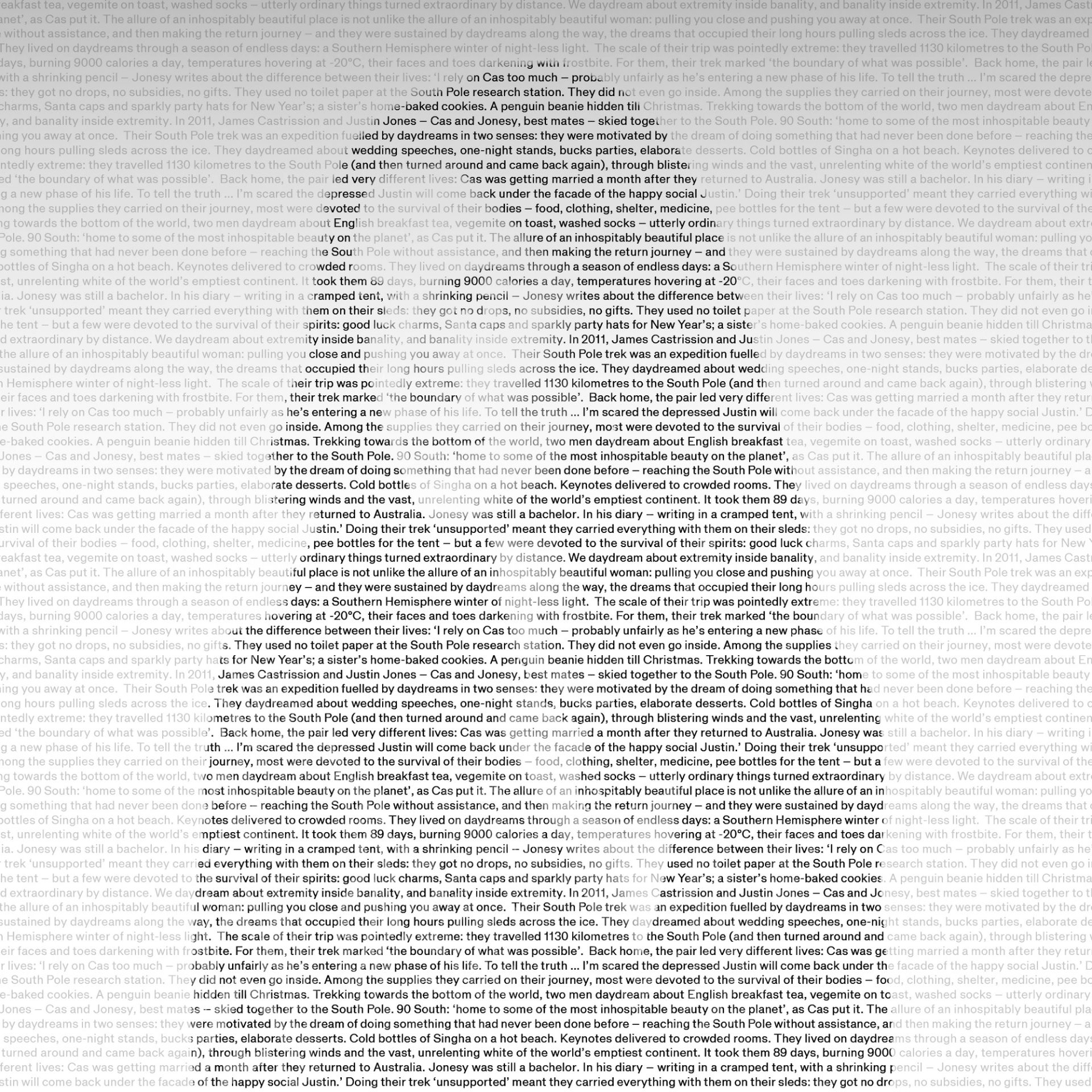
Leslie Jamison has been compared to Joan Didion and Susan Sontag, acclaimed for her powerful thinking, deep feeling, and electric prose. She is the author of The New York Times bestsellers The Recovering and The Empathy Exams; the collection of essays Make It Scream, Make It Burn, a finalist for the PEN/Diamonstein-Spielvogel Award; and the novel The Gin Closet, a finalist for the Los Angeles Times Book Prize. Her new memoir Splinters examines life after the end of a marriage – an exploration of motherhood, art-making, and new love. She writes for numerous publications including The New Yorker, The Atlantic, The New York Times, Harper’s Magazine and The New York Review of Books. She teaches at Columbia University and lives in Brooklyn.
Writing Objects
Writing Objects is a new series of writing engaging with the Powerhouse Collection, opening it up to new audiences and communities. Writers from Australia and around the world share their response to objects.
Bringing scientific, historic and personal perspectives, these stories highlight the museum’s newly digitised collection of close to 500,000 objects and offer new ways to navigate the applied arts and sciences.
The Powerhouse digitisation project is one of the largest being undertaken internationally and will result in new levels of community access to the museum’s extraordinary collections for local, national and international audiences.
